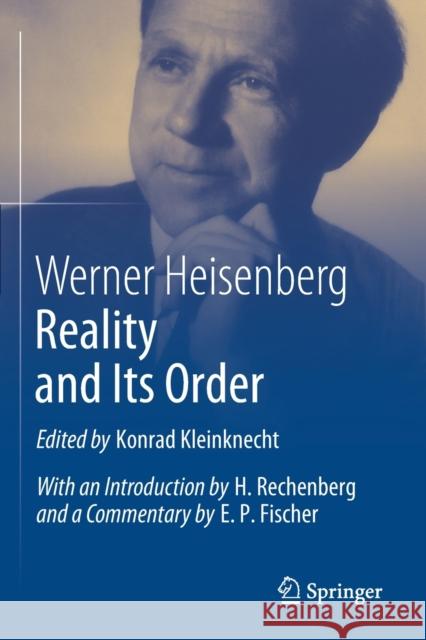Reality and Its Order » książka
topmenu
Reality and Its Order
ISBN-13: 9783030256982 / Angielski / Miękka / 2021 / 148 str.
Reality and Its Order
ISBN-13: 9783030256982 / Angielski / Miękka / 2021 / 148 str.
cena 524,53 zł
(netto: 499,55 VAT: 5%)
Najniższa cena z 30 dni: 501,19 zł
(netto: 499,55 VAT: 5%)
Najniższa cena z 30 dni: 501,19 zł
Termin realizacji zamówienia:
ok. 22 dni roboczych
Bez gwarancji dostawy przed świętami
ok. 22 dni roboczych
Bez gwarancji dostawy przed świętami
Darmowa dostawa!
Kategorie BISAC:
Wydawca:
Springer
Język:
Angielski
ISBN-13:
9783030256982
Rok wydania:
2021
Wydanie:
2019
Ilość stron:
148
Waga:
0.23 kg
Wymiary:
23.39 x 15.6 x 0.86
Oprawa:
Miękka
Wolumenów:
01
Dodatkowe informacje:
Komentarz
Wydanie ilustrowane
Wydanie ilustrowane











